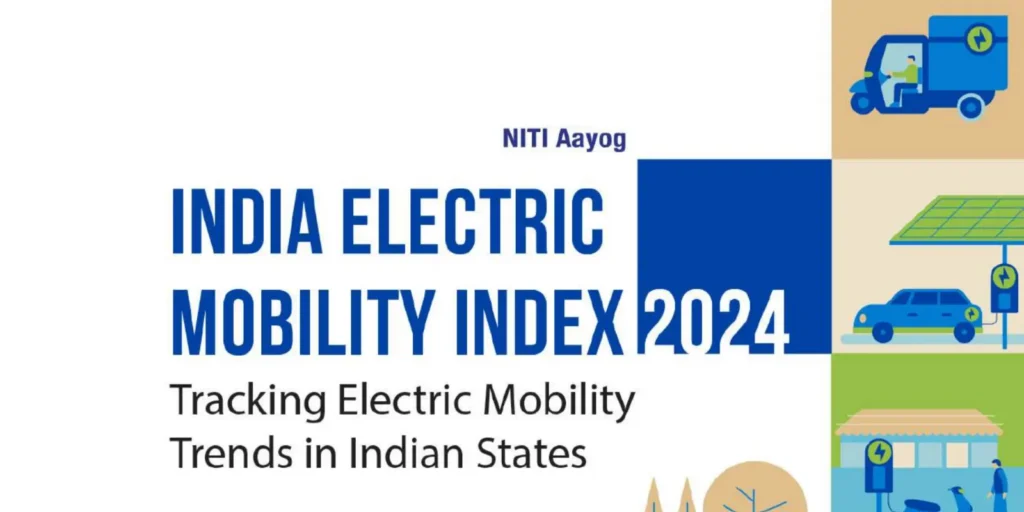January 22nd, 2024: The United States Postal Service (USPS) is hitting the fast lane on the road to sustainability, unveiling its first set of electric vehicle charging stations at its South Atlanta Sorting and Delivery Center (S&DC). This marks a significant step towards electrifying their iconic fleet and reducing their environmental footprint.
- Hundreds of new USPS Sorting and Delivery Centers to be equipped with infrastructure to power more than 66,000 USPS electric delivery vehicles
- Agency also debuted newly purchased commercial-off-the-shelf (COTS) electric delivery vehicles
- Rollout of nation’s largest electric vehicle fleet part of 10-year Delivering for America® plan to modernize the nation’s postal network
Charging stations like these will be installed at hundreds of new S&DCs across the country throughout the year. The unveiling showcased not just the charging stations but also the sleek new Ford E-Transit BEVs set to power America’s mail deliveries. These domestically manufactured commercial off-the-shelf (COTS) delivery vehicles that will make up a portion of the Postal Service’s EV fleet. Deployment of electric delivery trucks will start in Georgia and then expand to other locations across the country throughout the year. Designed to meet modern operational requirements, the vehicles feature air conditioning and advanced safety technology.
This shift to EVs promises significant environmental benefits. The USPS currently operates one of the largest vehicle fleets in the United States, emitting around 12 million metric tons of carbon dioxide annually. Electrifying their fleet is estimated to reduce greenhouse gas emissions by 60%.
“The improvements we need to achieve in sustainability are an integral outgrowth of the broader modernization efforts we have undertaken through our 10-year Delivering for America plan. As we transform our operating processes and invest in new automation, new technologies, and upgraded facilities and vehicles, we will generate significant efficiencies that reduce our costs, slash our carbon footprint and minimize waste. We are grateful for the support of Congress and the Biden Administration through Inflation Reduction Act funding, which helped enable the electrification in evidence here today.”
Postmaster General Louis DeJoy
But the benefits extend beyond emissions. EVs are quieter, reducing noise pollution in neighborhoods. They’re also cheaper to operate and maintain, saving the USPS money in the long run. Additionally, the new sorting and delivery centers will create thousands of new jobs, further boosting the local economy.
However, challenges remain. One concern is the potential impact on rural communities where charging infrastructure is still limited. The USPS acknowledges this challenge and plans to work with partners to ensure adequate charging access for all delivery routes.
The procurement of EVs and charging stations is enabled by the Postal Service’s overall network modernization efforts, which allow more rapid EV deployment, as well as its improving financial condition, which includes $3 billion in congressional funding appropriated under the Inflation Reduction Act (IRA).
As part of a $40 billion modernization project, the USPS aims to install 14,000 EV chargers across hundreds of new sorting and delivery centers nationwide. These chargers, manufactured by Siemens, Rexel/ChargePoint, and Blink, will juice up a fleet of over 66,000 electric vehicles by 2028, including 9,250 already ordered from Ford.
Overall, the USPS’s move to EVs represents a major step forward for both environmental sustainability and the modernization of their delivery network. It sets a strong example for other large organizations and paves the way for a greener postal service of the future.



